Detailed Analysis of OMNeT++ Installation, Protocols, and Security
VerifiedAdded on 2023/06/09
|21
|3492
|61
Report
AI Summary
This report provides a detailed overview of the OMNeT++ network simulation environment. It begins with a step-by-step guide to installing OMNeT++ on a Windows operating system, including the necessary software versions and commands. The report then delves into the core concepts of network protocols, explaining message conversation, division, multiplexing, and the importance of protocol suites. Security aspects are also discussed, focusing on encryption and decryption using AES and RSA algorithms, along with the implementation of WebSockets for secure communication. The report further outlines research questions related to security concerns, fault identification, and the development of secure vehicular social networks. It lists communication, broadcasting, and counter-based protocols, and concludes with a discussion on standards governing communications, emphasizing the layered approach to network protocols and the interaction between application and transport protocols such as HTTP and TCP. The report also describes the use of layers in depicting communication and provides an overview of protocols at the network level, including the structure and organization of messages, and how they interact within a network environment.
1 out of 21
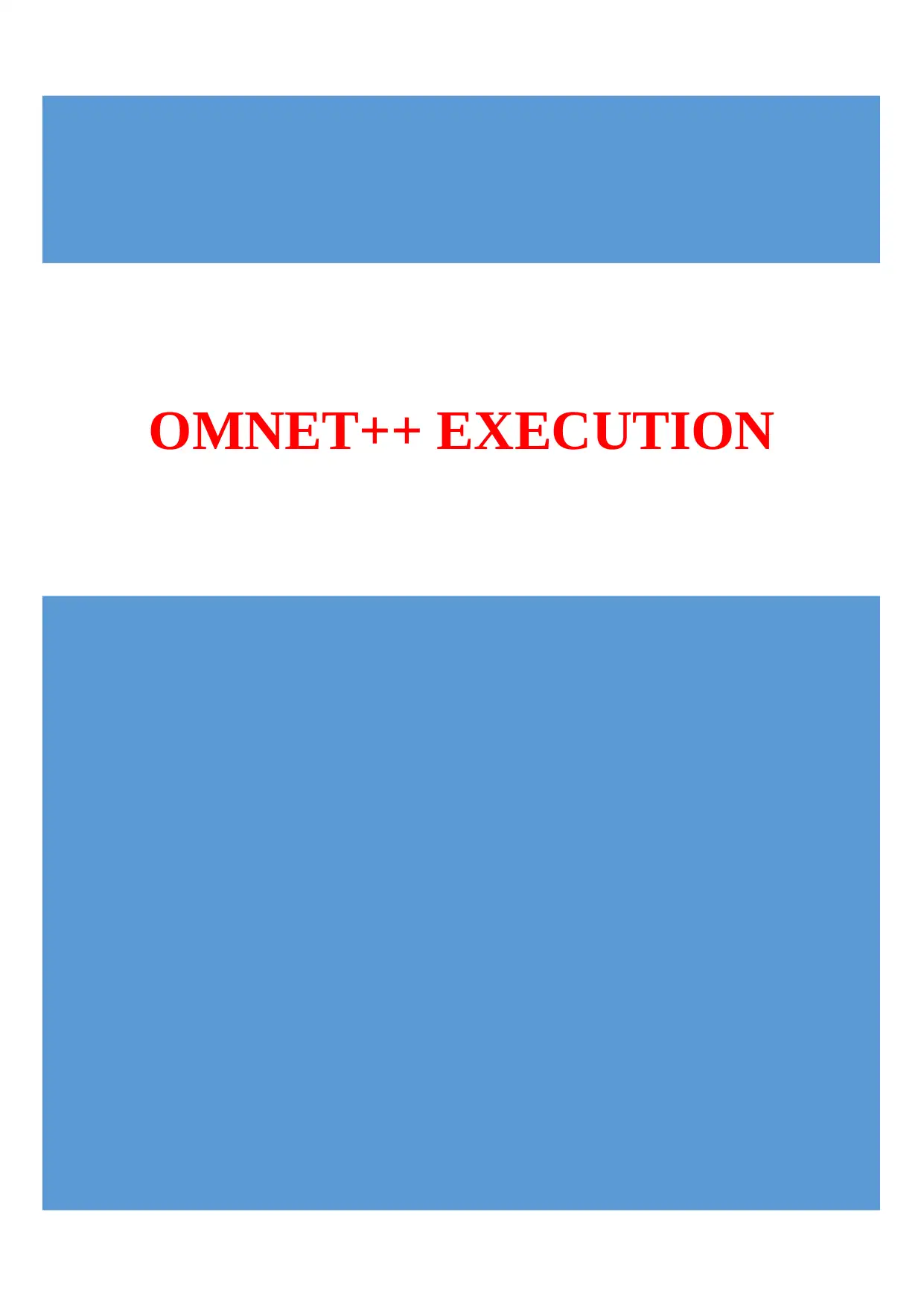
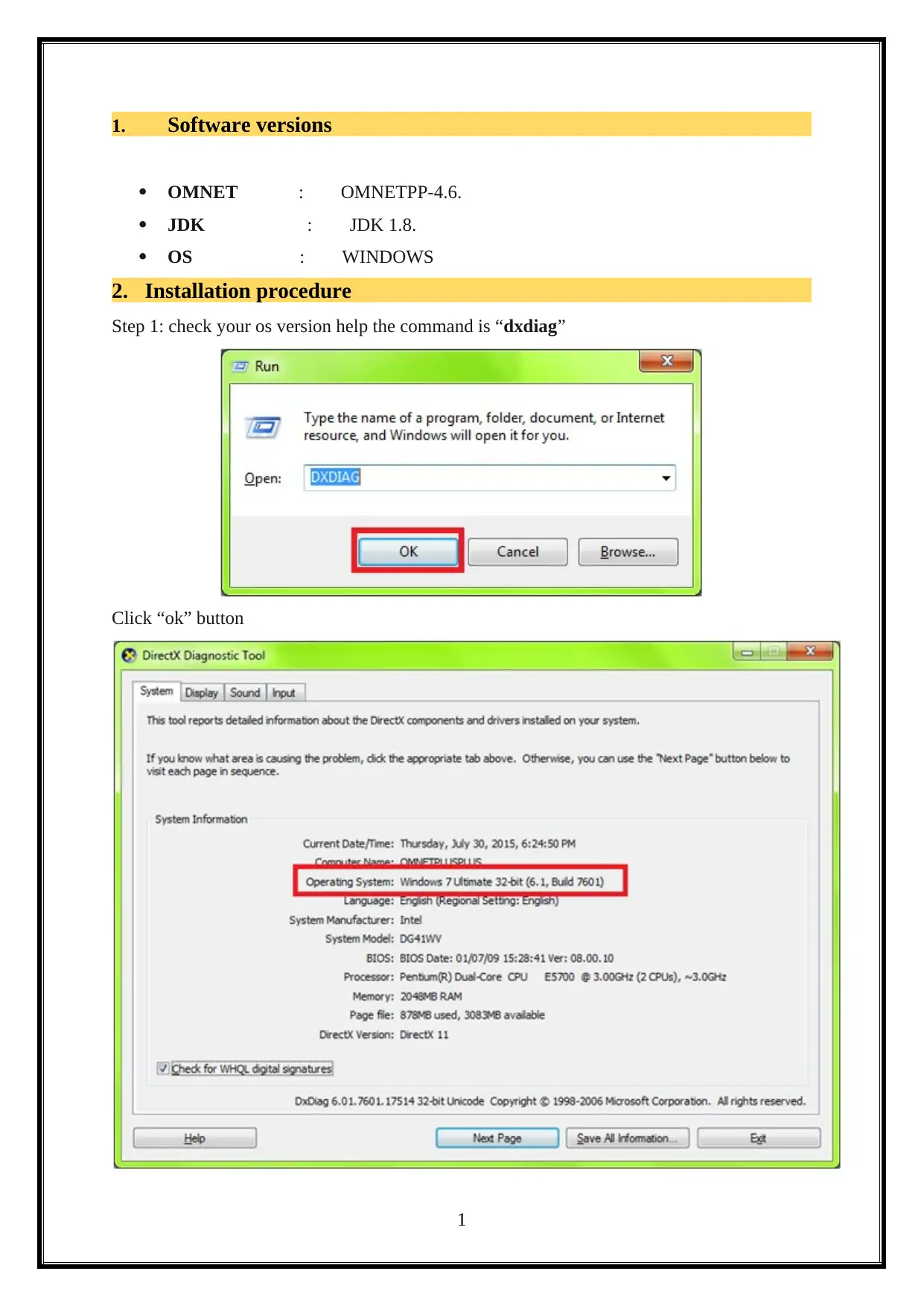
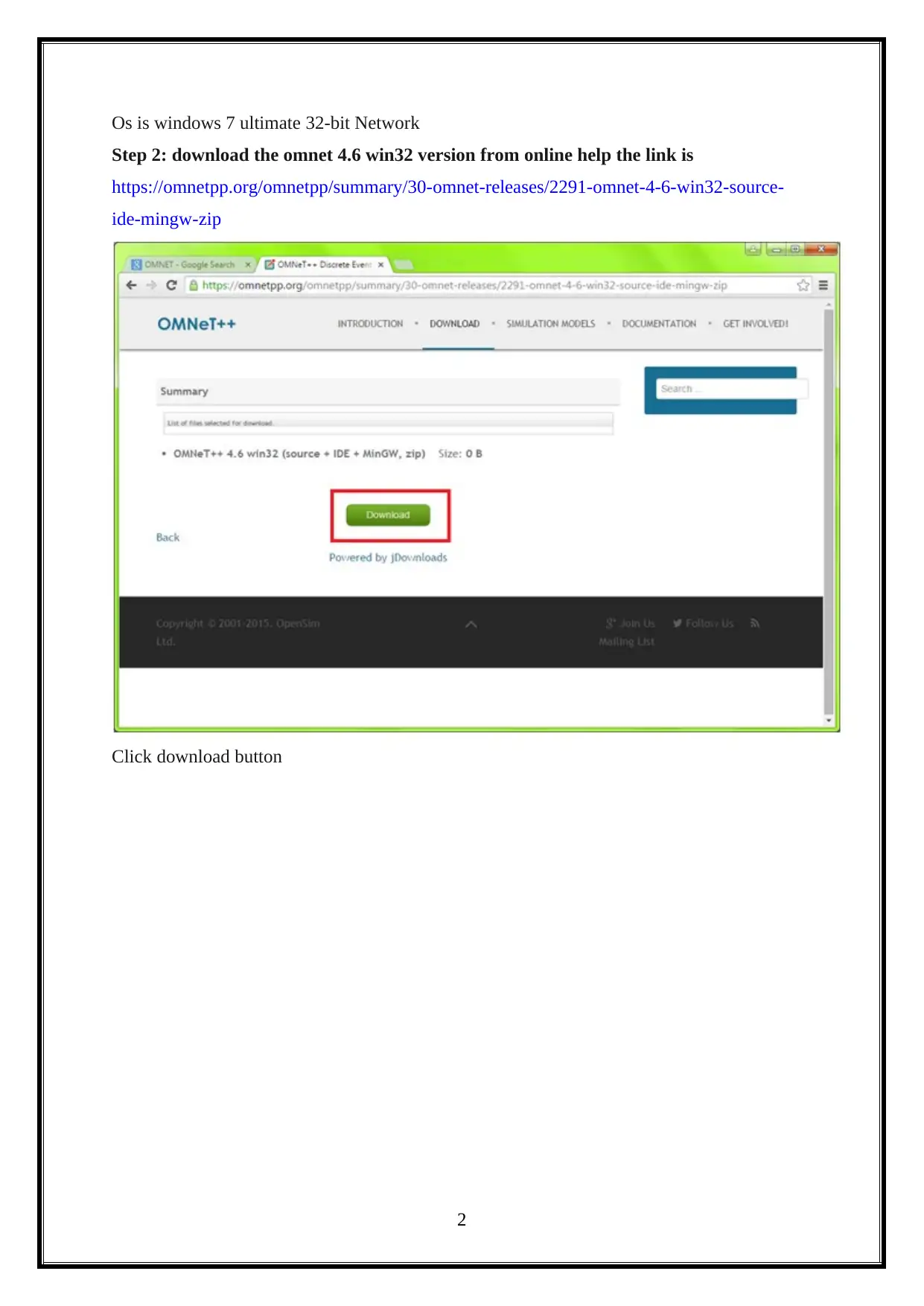

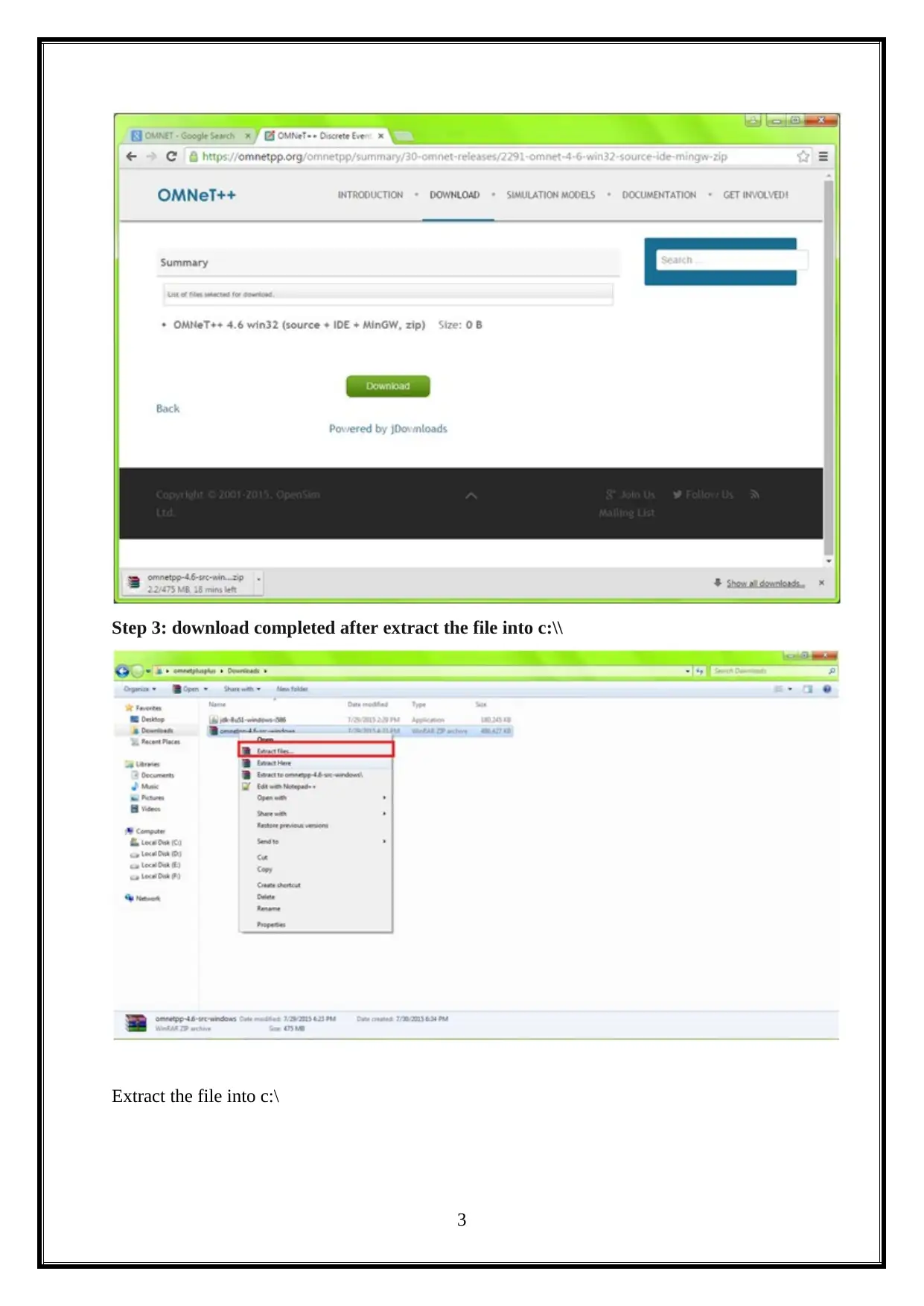
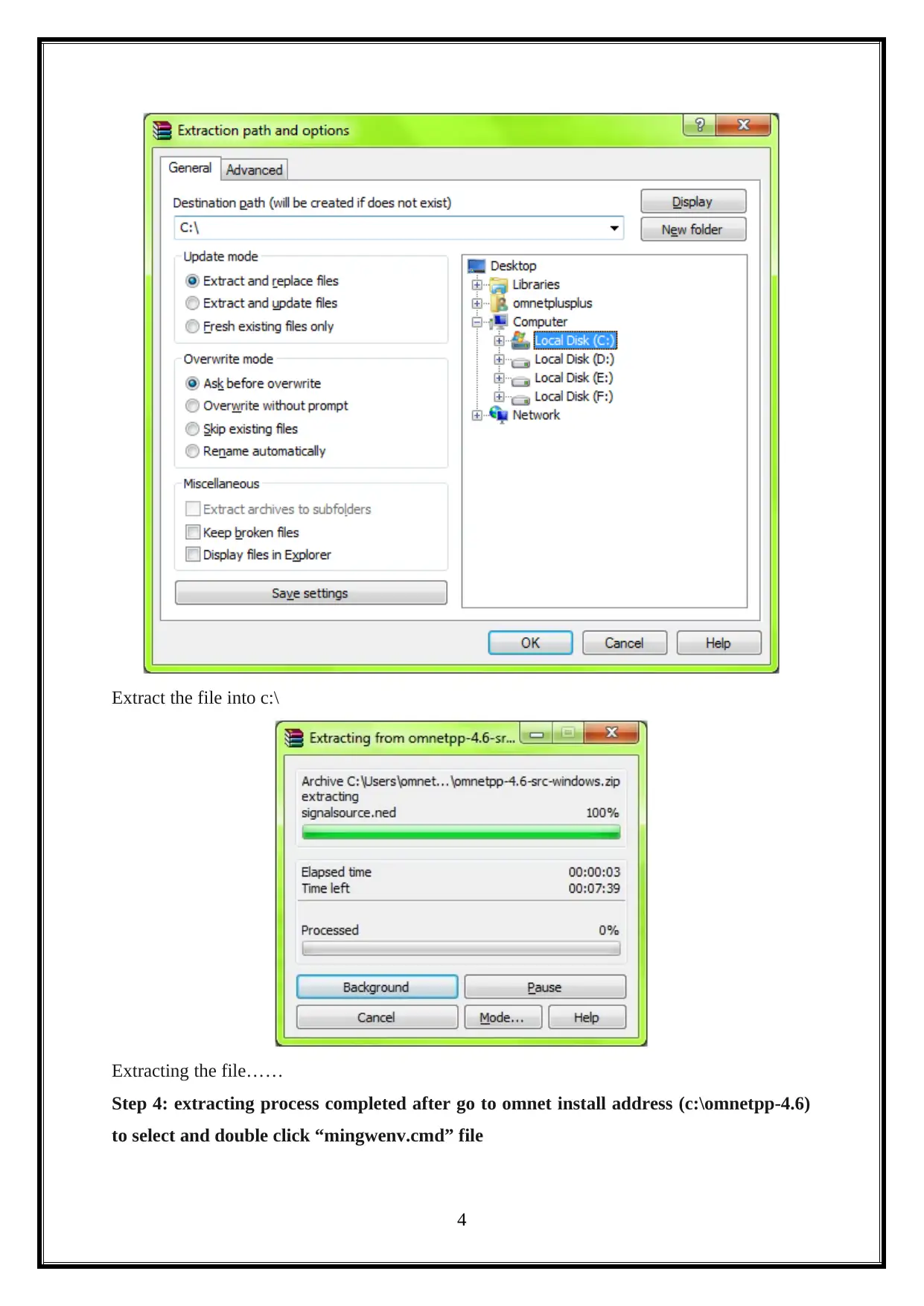
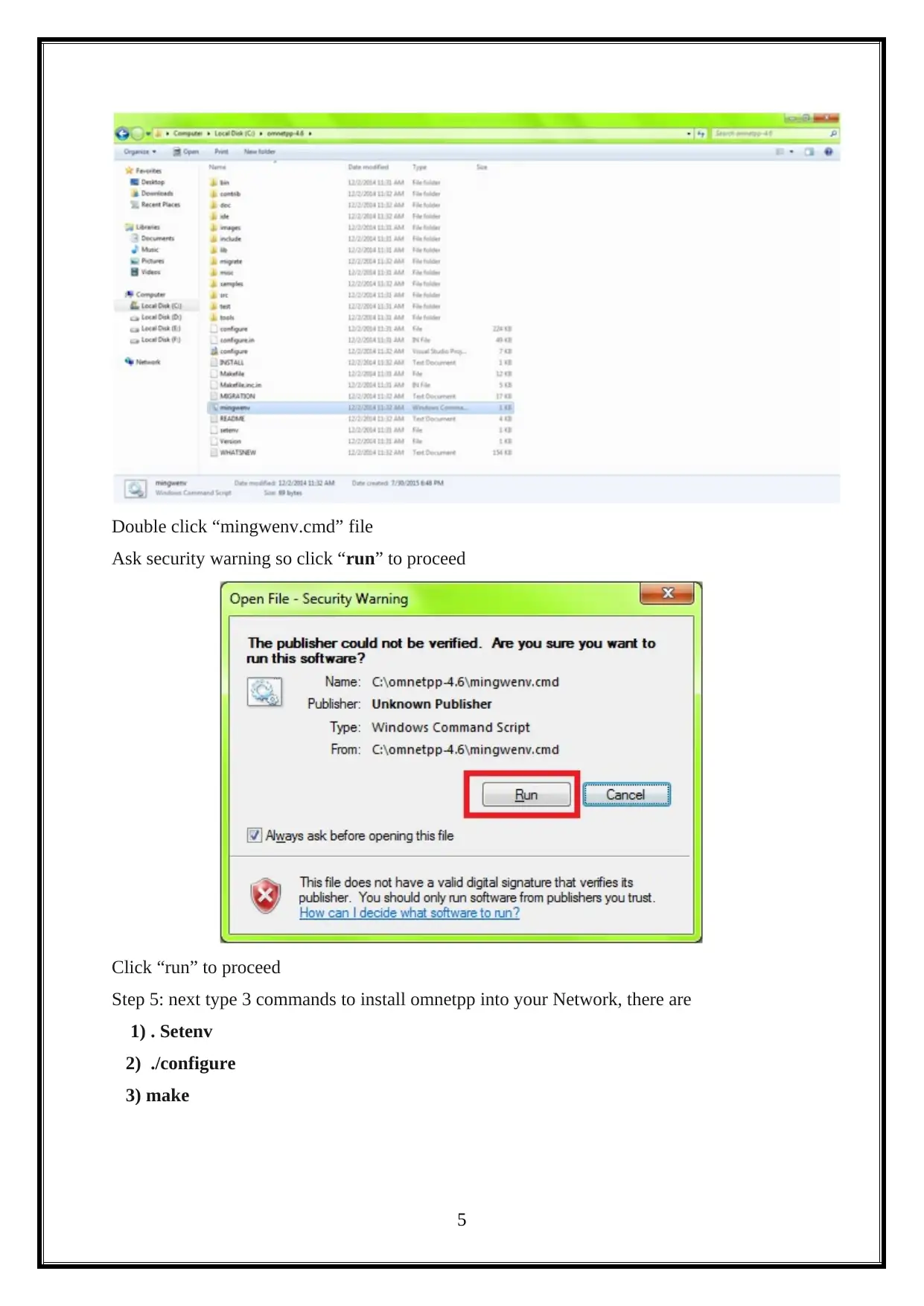
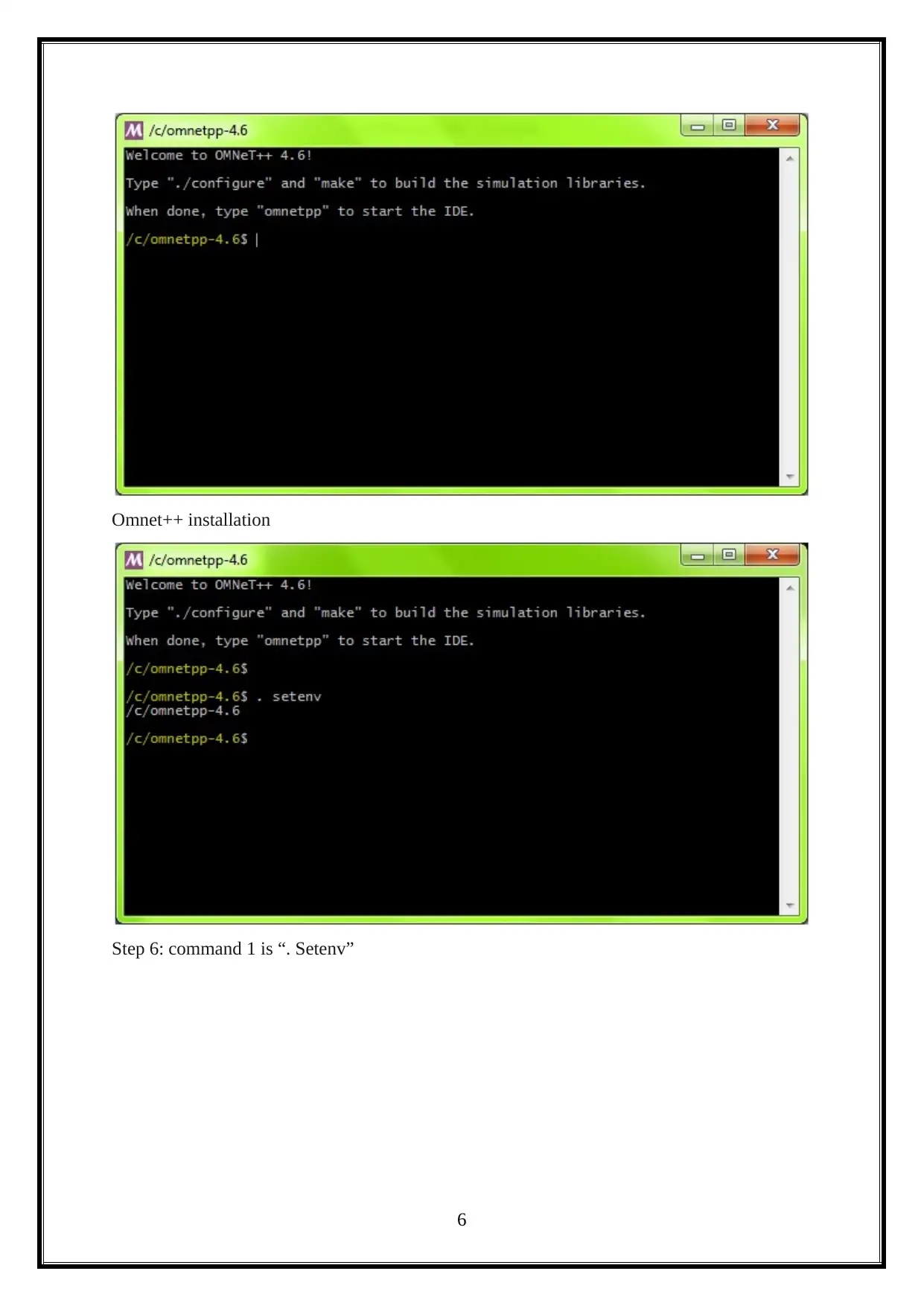
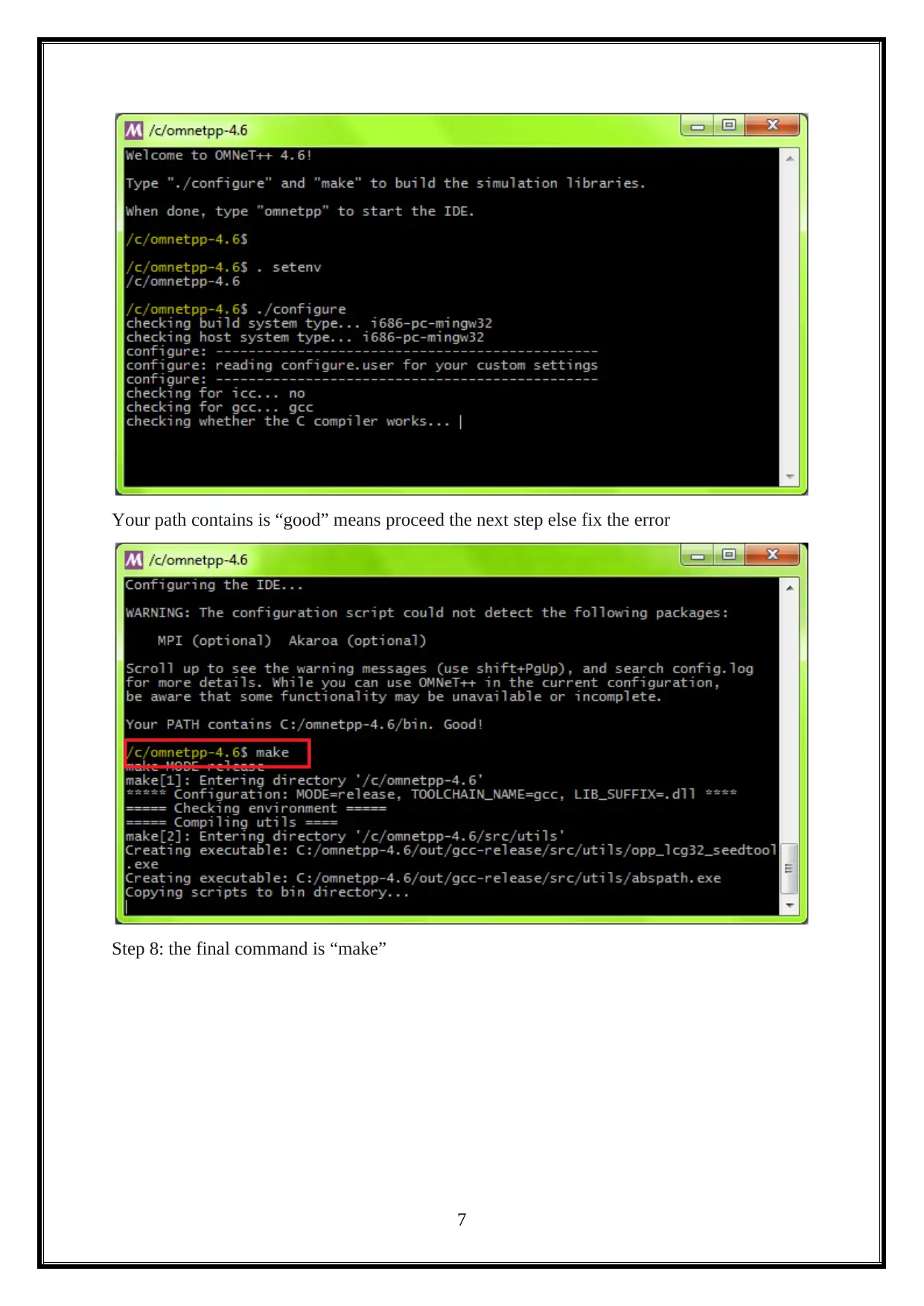
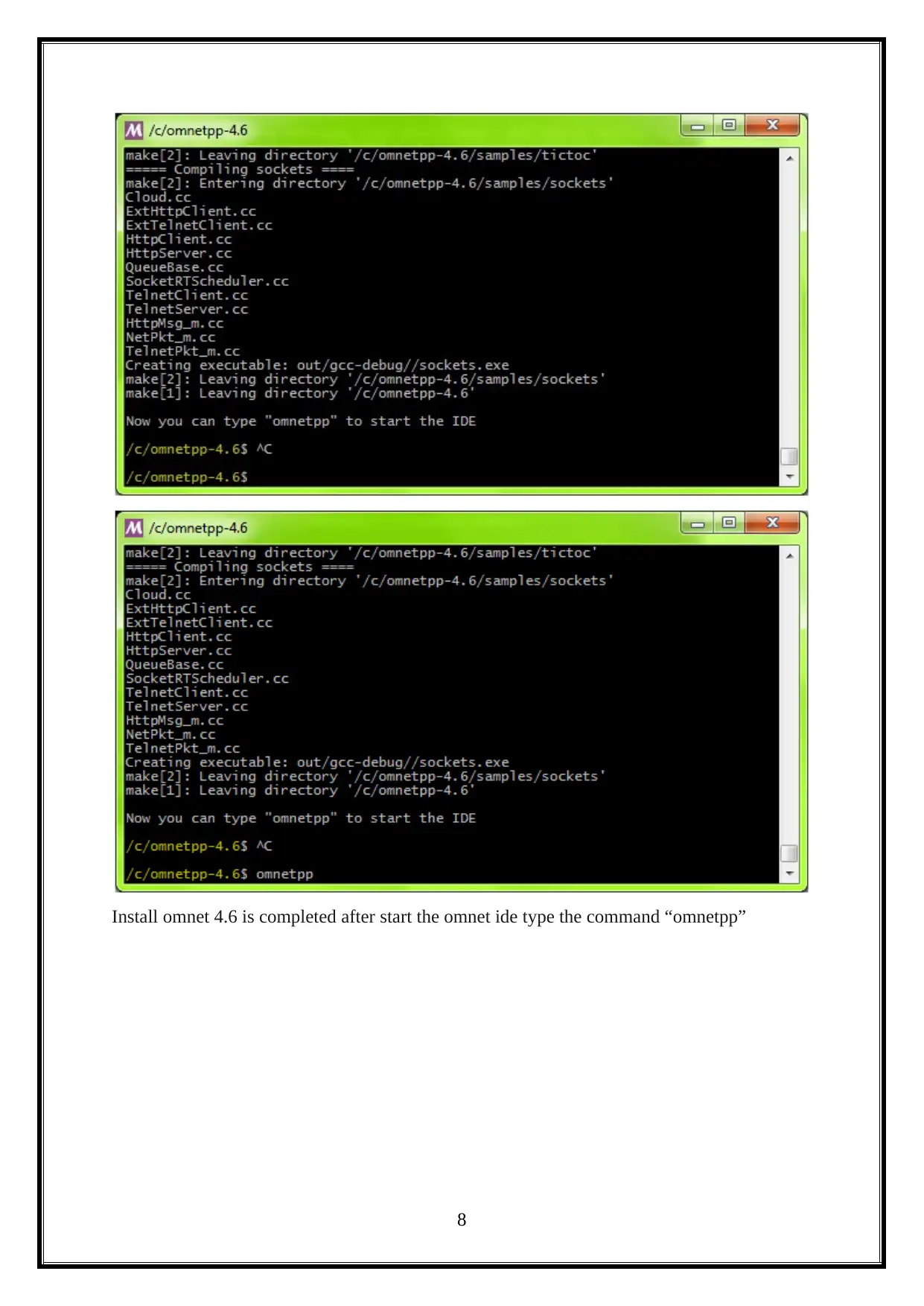
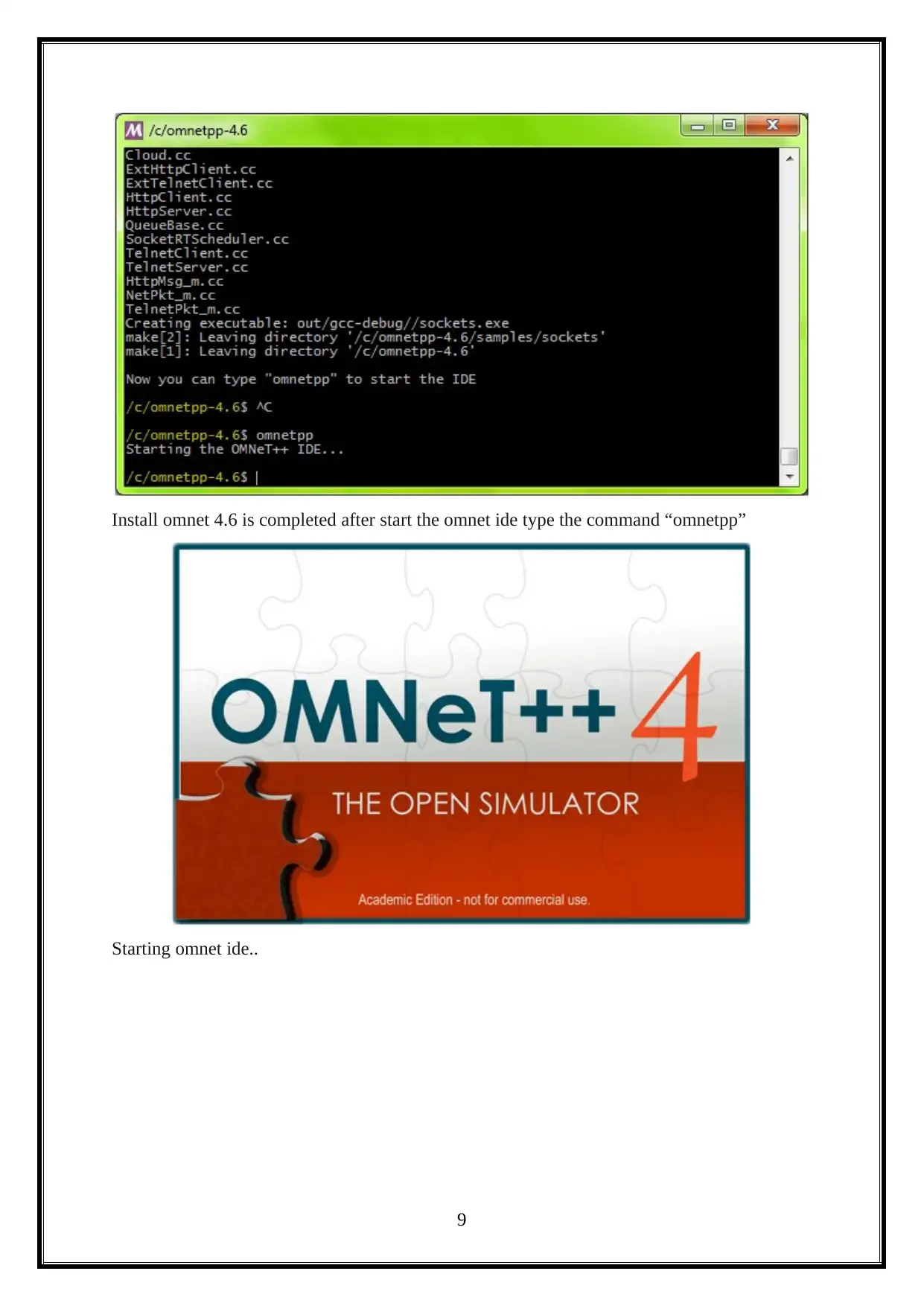
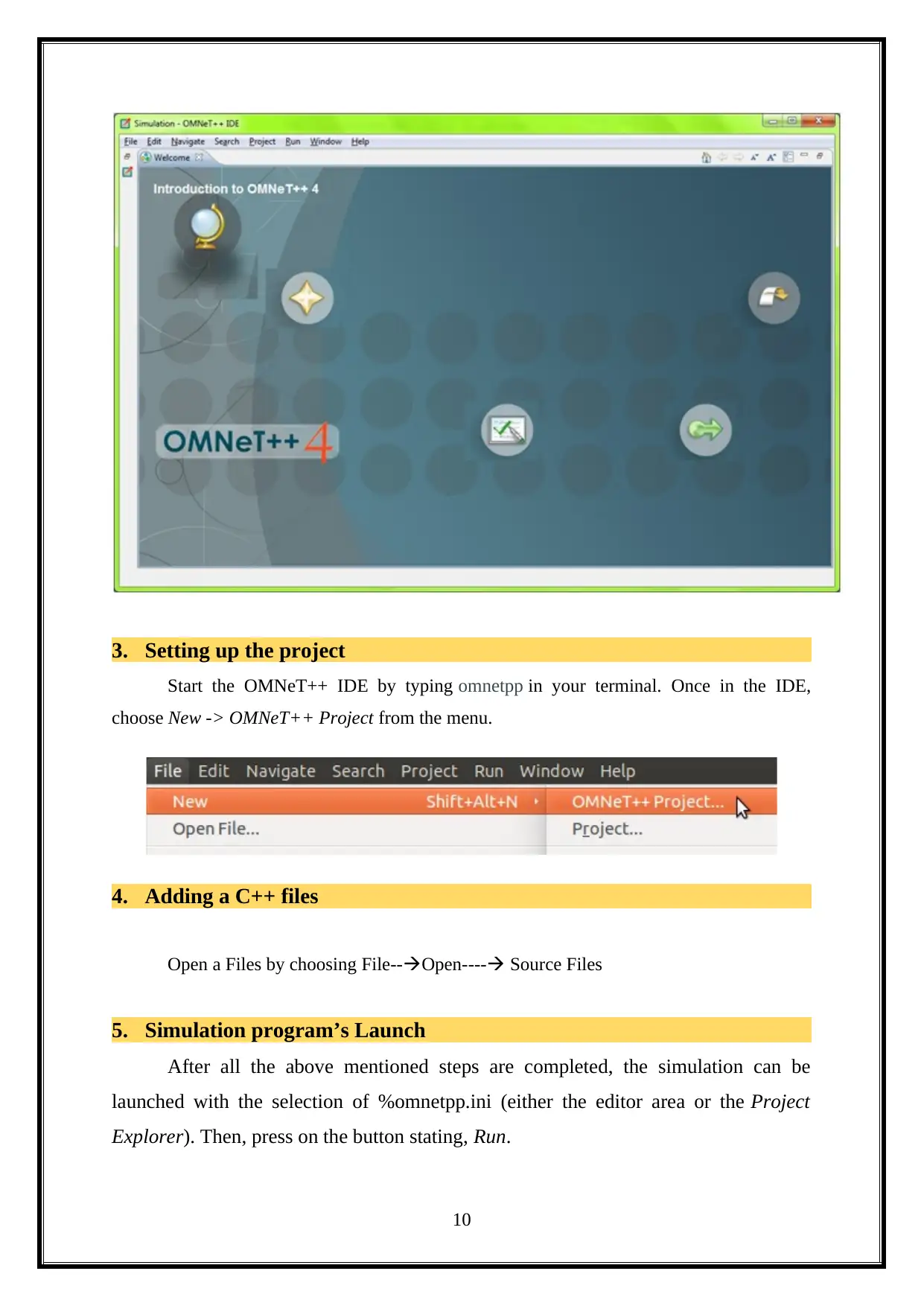
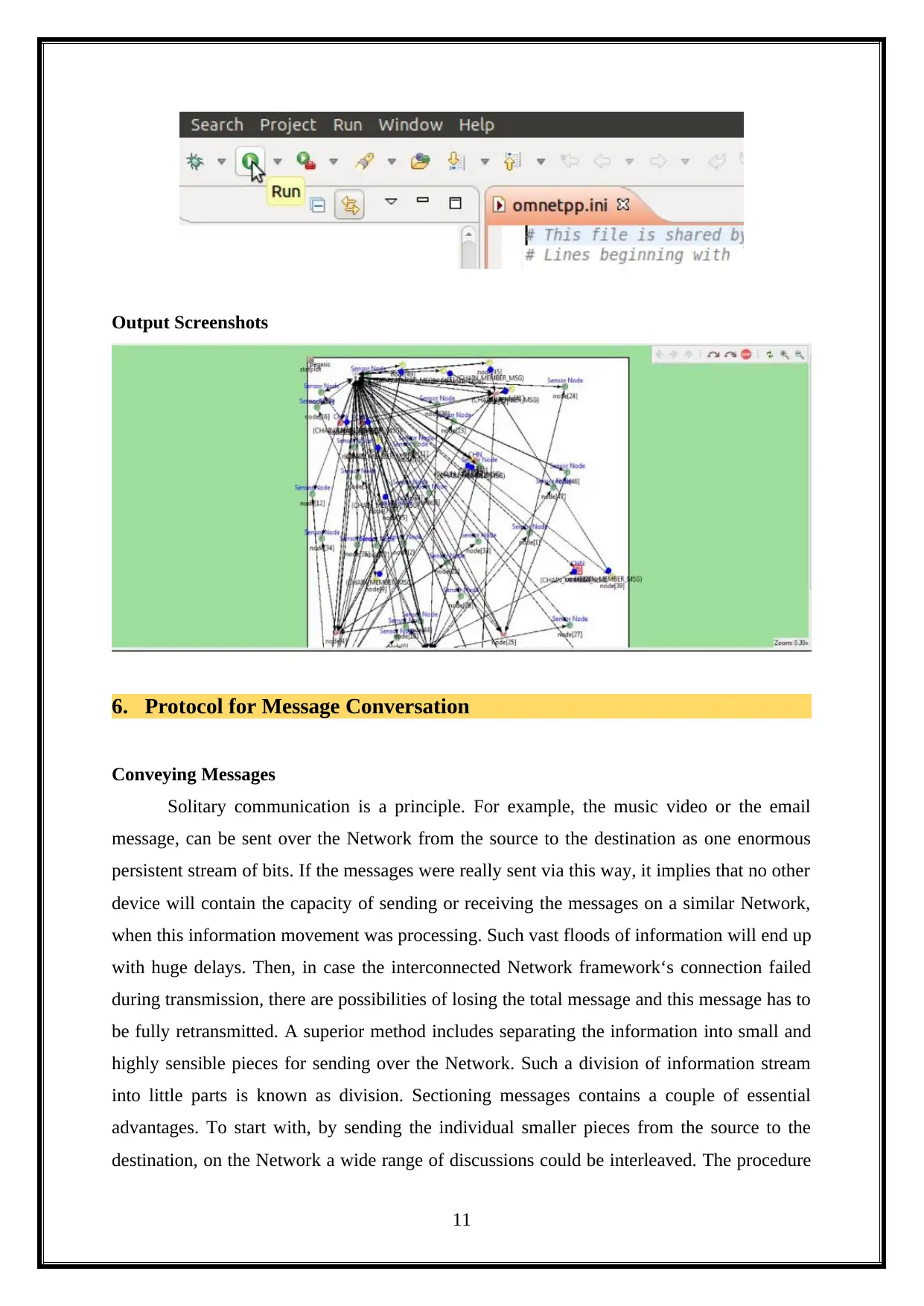






![[object Object]](/_next/static/media/star-bottom.7253800d.svg)